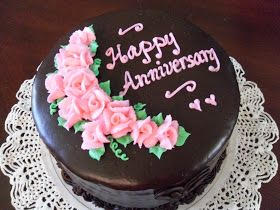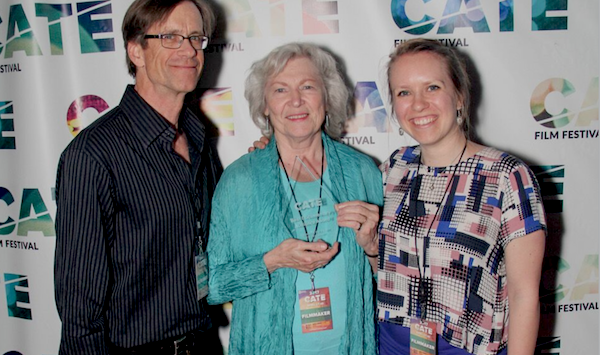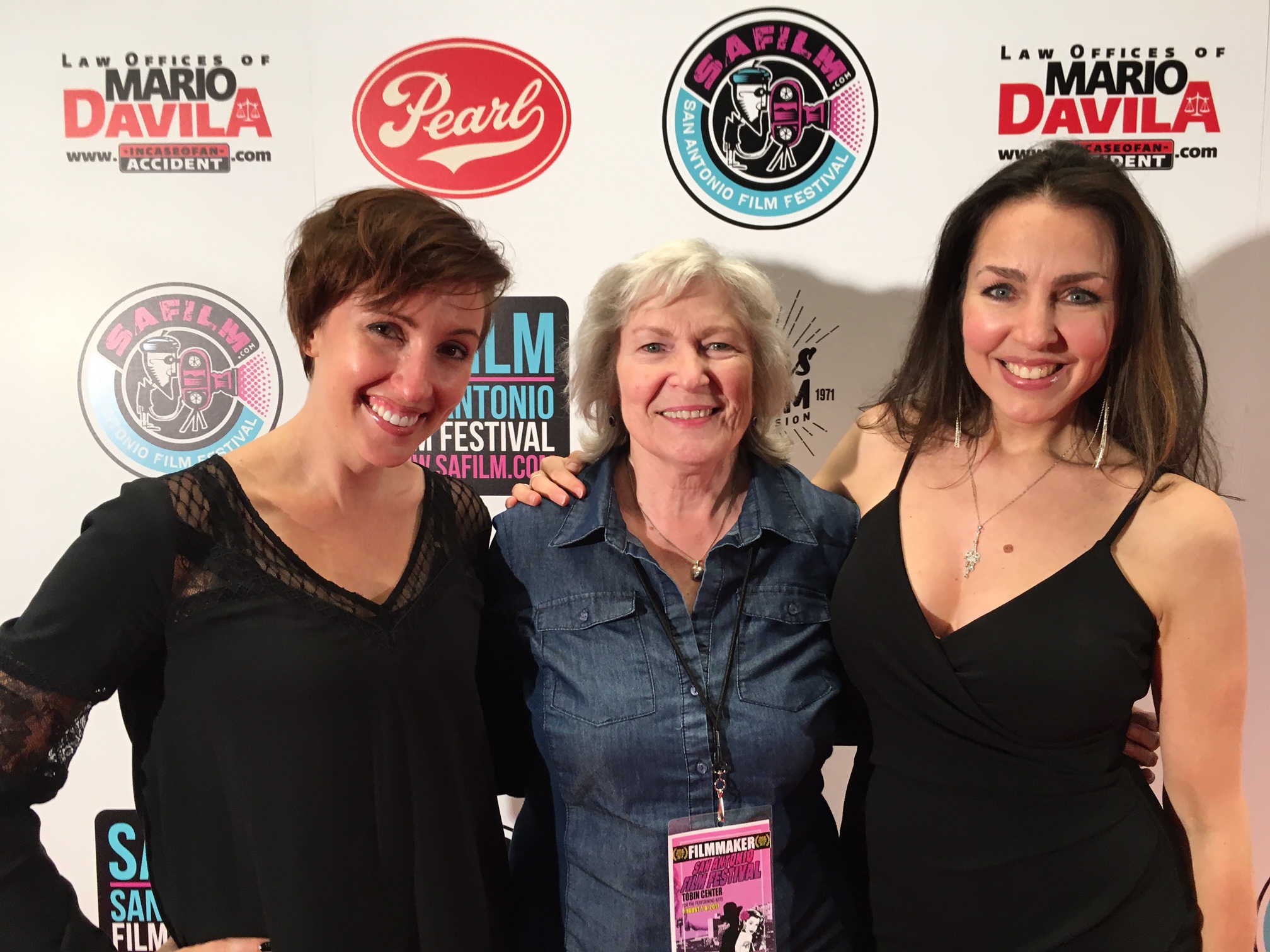Can you believe that it’s been 30 years since Thelma & Louise burst onto the big screen and into the cultural landscape? Almost at the instant of its cinematic debut, in May, 1991,Thelma and Louise graced the cover of Time Magazine. How often does that happen?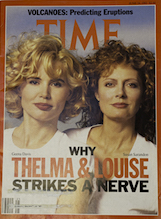
It captured the perfect synergism of talent, beginning with Callie Khouri’s award-winning script, to Geena Davis and Susan Sarandon’s impeccable acting, under the direction of the one and only Ridley Scott, manifested by Adrian Biddle’s accomplished cinematography, Hans Zimmer’s magnificent score, and Thom Noble’s impeccable editing.
What more could you want? Well, actually, there was more, lest we forget Brad Pitt’s breakout role as the hitchhiker, Christopher McDonald as the flummoxed husband and Marco St. John as the lascivious truck driver.

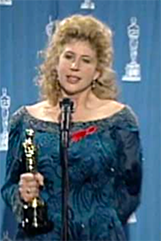
Needless to say, the film garnered innumerable nominations and awards, both domestically and internationally, including Khouri’s Oscar for Best Original Screenplay and eight nominations for BAFTA awards. But, beyond the accolades, beyond the floodlights and glitz and glamour, the film stirred passions and emotions which still linger in the collective consciousness three decades later.
“Thelma & Louise” has come to mean different things to different people, in varying contexts. For women of any age, especially for two women in a car embarking on a road trip, it means heading out into the unknown; having faith that regardless of what comes their way, together, they will surmount their anguish and trauma; they will grow in their understanding of themselves and the world and they will choose the destiny that is right for them.
In governmental circles, the film’s metaphorical ending is used extensively throughout the world as an example of fiscal or political suicide, as in “going of the fiscal cliff, like Thelma and Louise.” Or, “The U.S. is facing its Thelma and Louise moment.” The Congressional Record contains a number of references to Thelma & Louise.
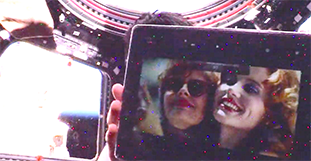
Over the years, the Hollywood phenomenon has been celebrated, imitated, exaggerated and parodied, as well as misunderstood and maligned. But it has never been forgotten. It has survived early accusations of male-bashing and stereotyping and has been mischaracterized as a ‘revenge flick.’ Its vitality as a worthy piece of entertainment has taken it far and wide, even into outer space, where Samantha Cristoforetti, the Italian astronaut, broadcast a still of Thelma & Louise from the International Space Station.
 Thelma & Louise is used in filmmaking, screenwriting analysis, and acting courses and workshops; books have been written about it; a feature documentary has been made about it. An 80-page academic guide is available for discussions and research projects relating to gender studies, sexuality, psychology, criminal justice, social work, and myriad other subjects. Each spring women gather in Moab, Utah to run the Thelma & Louise Half Marathon.
Thelma & Louise is used in filmmaking, screenwriting analysis, and acting courses and workshops; books have been written about it; a feature documentary has been made about it. An 80-page academic guide is available for discussions and research projects relating to gender studies, sexuality, psychology, criminal justice, social work, and myriad other subjects. Each spring women gather in Moab, Utah to run the Thelma & Louise Half Marathon.
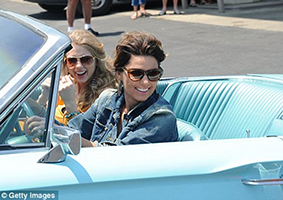 From around the globe, homage has been paid to the characters, Thelma and Louise, in artwork, jewelry, songs, fashion, costumes, athletic events, fund-raisers, dramatic recreations, and rides in convertibles. Three ‘T&Ls’ who come to mind are Taylor Swift and Shania Twain; Chelsea Handler and Sarah Silverman; and Carrie Underwood and Miranda Lambert.
From around the globe, homage has been paid to the characters, Thelma and Louise, in artwork, jewelry, songs, fashion, costumes, athletic events, fund-raisers, dramatic recreations, and rides in convertibles. Three ‘T&Ls’ who come to mind are Taylor Swift and Shania Twain; Chelsea Handler and Sarah Silverman; and Carrie Underwood and Miranda Lambert.
What is it about this film that makes it so special? Why does it not fade into oblivion, along with tens of thousands of other Hollywood and indie films? The secret lies in its extraordinary melding of the finest filmmaking ingredients. To leave such an indelible mark in the psyche of the audience required all of the elements to coalesce into the deep, rich, satisfying stew of cinema magic.
Happy 30th! Long Live Thelma & Louise!
